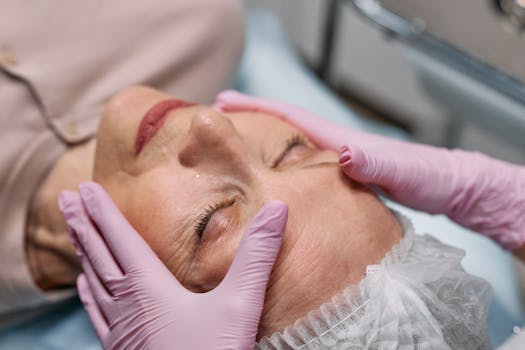Introduction
Urban centers around the world are undergoing significant transformations as cities strive to create more livable, sustainable, and vibrant environments. One of the most effective strategies in this revitalization process is the development of pedestrian areas and public spaces. This article explores the case study of Brașov, Romania, a city rich in history and culture, and examines how pedestrianization and the enhancement of public spaces have contributed to its urban revitalization.
The Importance of Pedestrian Areas
Pedestrian areas are designated zones where vehicle access is restricted or entirely prohibited, allowing for a safer and more enjoyable experience for walkers. The benefits of such areas are manifold:
- Enhanced Safety: Reducing vehicle traffic lowers the risk of accidents, making streets safer for pedestrians.
- Improved Air Quality: Fewer cars lead to decreased emissions, contributing to better air quality in urban environments.
- Economic Growth: Pedestrian-friendly areas often attract more visitors, boosting local businesses and tourism.
- Social Interaction: Public spaces encourage community engagement and social interaction, fostering a sense of belonging.
Case Study: Brașov’s Urban Revitalization
Located in the heart of Romania, Brașov is known for its medieval architecture and stunning mountain backdrop. In recent years, the city has embarked on a journey to revitalize its urban center through the creation of pedestrian areas and the enhancement of public spaces.
Historical Context
Historically, Brașov’s city center was a bustling hub of activity, but like many urban areas, it faced challenges such as traffic congestion and pollution. Recognizing the need for change, city planners initiated a series of projects aimed at transforming the urban landscape.
Key Initiatives
Several key initiatives have been implemented in Brașov to promote pedestrianization and improve public spaces:
- Pedestrianization of the Old Town: The city has restricted vehicle access in the Old Town, allowing pedestrians to explore its historic streets freely.
- Creation of Green Spaces: Parks and green areas have been developed to provide residents and visitors with places to relax and enjoy nature.
- Public Art Installations: The introduction of public art has enhanced the aesthetic appeal of the city, making it more inviting.
- Improved Public Transport: Investments in public transport have made it easier for residents to access the city center without relying on cars.
Impact on Local Economy
The revitalization efforts in Brașov have had a significant positive impact on the local economy. According to a study conducted by the Romanian National Institute of Statistics, pedestrianization has led to:
- A 30% increase in foot traffic in the Old Town.
- A 25% rise in sales for local businesses.
- A boost in tourism, with a reported 15% increase in visitors to the city.
Community Engagement and Social Benefits
Beyond economic gains, the revitalization of Brașov has fostered a sense of community among residents. Public spaces have become venues for cultural events, markets, and festivals, encouraging social interaction and community bonding. The city has also engaged residents in the planning process, ensuring that the developments reflect the needs and desires of the community.
Challenges and Future Directions
While the revitalization of Brașov has yielded many benefits, challenges remain. Issues such as maintaining the balance between pedestrian and vehicle access, ensuring the sustainability of public spaces, and addressing the needs of all community members are ongoing concerns. Future initiatives may include:
- Expanding pedestrian zones to include more areas of the city.
- Implementing smart city technologies to enhance public space management.
- Continuing to involve the community in decision-making processes.
Conclusion
The case study of Brașov illustrates the transformative power of pedestrian areas and public spaces in urban revitalization. By prioritizing pedestrian access and enhancing public spaces, Brașov has not only improved the quality of life for its residents but has also stimulated economic growth and fostered community engagement. As cities worldwide look to the future, Brașov serves as a compelling example of how thoughtful urban planning can create vibrant, sustainable urban centers.
